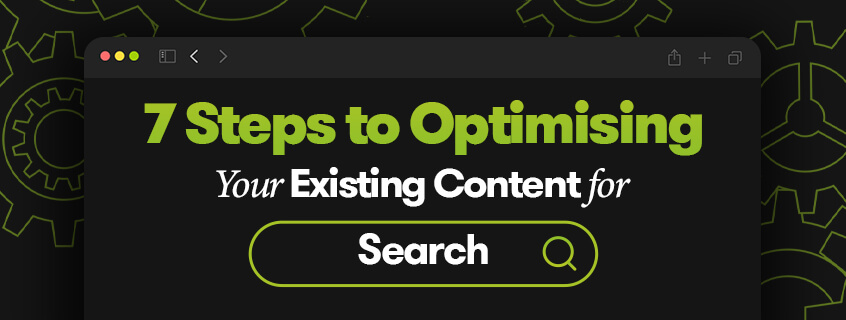
7 Steps to Optimising Your Existing Content for Search

Staying on top of SEO trends poses a couple of serious challenges for content marketers.
Firstly, Google doesn’t hold back on updates to its algorithm – 2020 alone saw four significant tweaks to the search engine’s notorious black box. Each major update has the potential to severely impact your content’s ranking – sometimes for the better, sometimes not.
Secondly, the exact implications of each update aren’t always evident, as Google is reluctant to reveal too much. It usually takes SEO experts some time to discover how and why a specific update affected search results. By the time the combined intellects of the SEO community have come to grips with a new update and new best SEO practices emerge, many businesses have already published numerous content pieces based on recently outdated trends.
One of the main reasons content marketing is such an attractive channel for generating leads is how well it scales. Write a couple of posts that rank in Google’s top three SERPs, and they’ll generate you tons of traffic “indefinitely.”
Unfortunately, this won’t be the case if you’re not keeping your existing content optimised for search. Every time there’s a major update, all of your content assets are at risk of becoming redundant.
In this article, we’ll take a good, long look at how you can optimise your existing content to bring it in line with the latest best SEO practices.
1. Prioritise Your Efforts

Even if you’re sitting on a relatively small stable of existing content, it’s generally a good idea to prioritise the pieces that are most likely to benefit from optimisation.
Think of this step as an initial housekeeping effort. You’re going to do an audit of all your content pieces and evaluate each article against a set of criteria that we’ll give you here.
Based on the outcome, you’ll be able to identify the content pieces most likely to benefit from a thorough overhaul.
The first step is to create a spreadsheet and populate it with a list of every single one of the posts that comprise your stable of content.
Next, you’re going to assess each entry against the six steps we discuss in the remainder of this article and assign it a score from one to five. This value represents the gap between where the article is and where you want it to be for that specific metric.
For instance:
- A score of 5 for “Third Party SEO Checker” means that the tool revealed a massive amount of issues that should be resolved.
- A score of 2 for “Existing Keyword Usage” means that you’re happy with the article’s keywords and their density on the page.
- A score of 5 for “Internal Linking” means that the content is ideal for internal links and that none currently exist.
- A score of 3 for “Content Relevance” means that some of the facts and statistics quoted in the article are out of date and that new research is required.
- A score of 5 for “Search Intent” means that the article’s content is not aligned with a search intent reason.
A score of 1 for “Image Optimisation” means that none of the images on the page have been optimised for SEO.
2. Use a Third-Party SEO Checker

There are more third party SEO checkers available on the market than you can shake a stick at. Some of them are free like this one. Some are affordable like this one. Others are quite expensive like this one.
Regardless of the tool you opt for, your goal with this step is to identify easily fixable technical issues with your page. There’s a myriad of “minor” things that have a very real impact on how Google ranks the page, giving you a long list of items that can help you rank higher on Google search results.
Typical things that an on-page SEO checker will point out for you include:
- The number of CSS files that the page references
- How well the page makes use of meta-information
- How easy it is for Google to crawl the page and index its content
- Whether the page’s URL is SEO-optimised
These and many other structural issues can have a significant influence on your page’s SEO rank. Fortunately, identifying and fixing them is relatively easy.
Let’s look at an example.
Using a free page SEO checker, Aura’s was able to assess the overall SEO “readiness” of one of their blog posts.

source: goaura.com
As you can see from the screenshot below, five different aspects of the page were assessed and allocated a percentage score. For this page, Aura would consider the amount of work required to fix minor issues like meta-information to be virtually nonexistent.
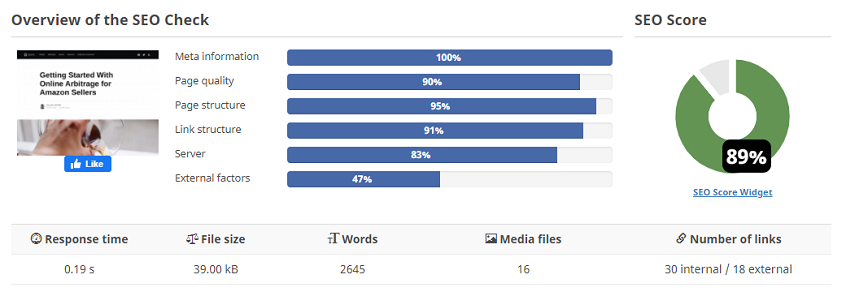
3. Improve Your Existing Keyword Usage

For this step, we’re going to assume that the content piece being analysed was written so that it would rank for very specific keywords. We’re also going to assume that the content team had a specific keyword goal in mind, did their research, and briefed the writer accordingly.
If this was the case for a specific article, for this step, you would only need to assess how the keywords in question are used in the article.
A quick tip: If there are no records of the keywords a particular post was meant to cover, look at the article’s title. In most cases, keywords will be very easy to identify in the post’s headline.
Let’s take a look at an example of how a particular content piece’s keyword usage can be analysed and optimised.
Take a look at Transparent Labs’ post titled: “Transparent Labs Macro & Calorie Calculator.”

source: transparentlabs.com
It’s obvious from the post’s title and content that the article intends to target the keyword: “macro and calorie calculator.”
Incidentally, according to Ahrefs, the post currently ranks at #11 for this keyword. So there’s definite room for improvement.
The site’s content team would now aim to do the following to optimise the page for ideal keyword usage:
- Ensure that the keyword is used as early as possible in the page’s title.
- Use the keyword at least once in the opening sentence or paragraph.
- Ensure the keyword is used at the start of the page’s HTML “title” tag.
- The keyword appears on the page with sufficient density. Experts currently believe that a keyword should appear once every 100-200 words.
- Avoid keyword stuffing. Don’t overuse the keyword in the page title or body content.
4. Find Opportunities for Internal Linking

Linking to your own content, especially if your site has a very large number of articles, is what Neil Patel refers to as an “SEO power technique.”
One of the major SEO benefits of linking to your own content is that it distributes ranking potential throughout your website. It’s a simple but highly effective tactic to increase Google’s perception of your entire domain.
Internal linking doesn’t have to be rocket science. Best practices tend to focus on what should be relatively obvious. When going through your existing stable of content, simply look for as many opportunities as possible to link to other blog posts from within the body of the article.
Here are two things to bear in mind as you create internal links on your site.
- Use the target page’s keyword in the link’s anchor text.
- Link only to super relevant content. Don’t just link for the sake of it. You don’t want to draw your user’s attention away from your page with a low-value link and inadvertently end their session on your site.
Adbadger’s post on Amazon ACoS is a very good example of how to implement internal links while taking these two guidelines into consideration. In total, this piece links to six internal pages, each with an appropriate anchor and each to highly useful content.

source: adbadger.com
5. Check Content Relevance
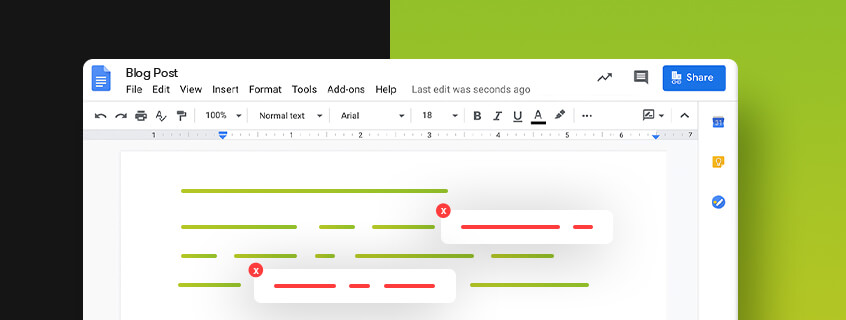
If some of your older posts contain outdated statistics and facts, you stand the chance of losing credibility with your readers. This, in itself, should be enough of a reason to frequently audit your content for relevance.
There’s also a very real SEO issue at play here that makes this aspect of content optimisation doubly important.
Many times, websites link to posts that provide new, reliable information to prove a point they’re making.
These inbound links (also called backlinks) are an incredibly important aspect of SEO, with many content marketers actively soliciting links to their posts through outreach campaigns.
By keeping your content up to date, especially the sections that external sites have referenced, you’re significantly lowering the risk of losing these backlinks. In the world of SEO, these links are like gold dust and content marketers should do everything in their power to make sure they don’t disappear.
6. Aligned Content with Search Intent
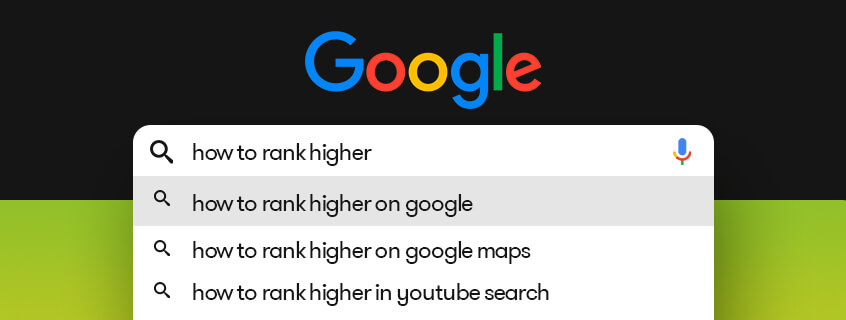
Search intent is a relatively new concept in SEO, so it’s very likely that older blog posts haven’t taken it into consideration.
“Search intent” refers to Google’s ability to understand exactly why a user is doing a particular search. Essentially, it refers to the search engine’s ability to understand what they’re going to do with this information.
The second part of search intent involves Google’s search for certain signals within your content so that they can match it up with the searcher’s intent.
Even though there are four types of search intent, only two of them have a bearing on the type of content we’re discussing in this article. As a result, we’ll only concern ourselves with optimising your content for “informational” and “commercial” searches. Read more about the four types of search intent in this article by Yoast.
Informational Intent
Users have informational intent when they want to be educated on a particular topic. Or if they want an answer to a very specific question.
To optimise your existing content for these searches, do the following:
- Use signal terms like “how to,” “beginner’s guide to,” and “how many” in your post’s title and throughout the body content.
- Rewrite the article’s subheadings if they’re not already extremely descriptive and clear.
- If the article’s content lends itself to this change, consider changing its structure to a step-by-step list.
Commercial Intent
Users have commercial intent when they’re searching for a product that will meet their needs. They’re ready to spend money, but they’re not 100% sure on what product yet. So, they turn to Google for help.
If your site offers reviews on specific products, then it’s essential to go through these pages to ensure their content is optimised for commercial intent.
The best way to show that your page is serving content for commercial intent is to rewrite it to include signal terms like “10 best,” “vs,” “alternatives,” and “review.” These terms should be used in the article title and throughout the body content.
7. Optimise Images for Search
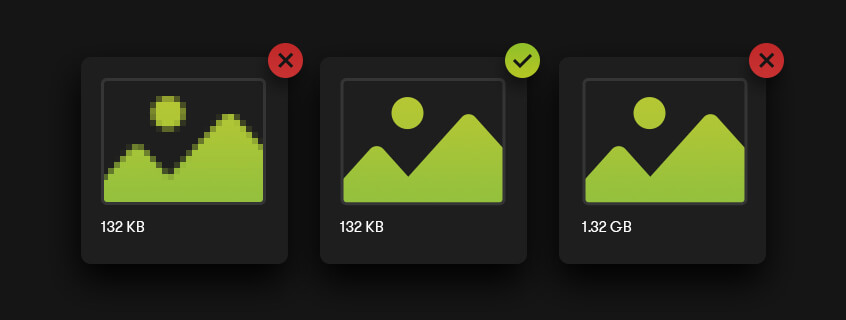
Google doesn’t only look at your page’s text when determining its rank – optimizing the images within the text is also crucial.
To keep things simple, Google wants to know as much about the content that they serve to their users. It’s an essential part of their ranking philosophy.
In the absence of technology that helps them interpret an image’s exact content, Google relies on meta information for this purpose. And the more information you can give them here, the better for the page’s ranking.
Furthermore, image optimisation helps increase the chances of the image itself appearing as a result in Google’s “Image” results section. This can be a very prominent source of traffic for your page.
Let’s take a look at the best practices of image optimisation:
- Include images in your site’s XML sitemap, if you use one.
- Ensure that text surrounding your image (captions and regular body text) is relevant to the content of the image. Google looks at this content when trying to determine what the image is showing.
- Populate the image attributes correctly in the page’s HTML.
- Use a detailed description of the image in its filename: “Photoshop_vs_canva_comparison.PNG”
- Write an equally informative description in the image’s “alt” tag. This is an HTML tag that you can populate with natural language, so write something clear and descriptive.
- In terms of load time, ensure you’re using the correct image format. Doing so can significantly reduce image sizes and the page’s load time – something that has a major impact on SEO.
- Remember to compress JPEG images. Always strive to upload the smallest file size that doesn’t visibly compromise the image’s quality.
In Closing
You don’t need to be an SEO expert to successfully implement any of these tips. Nor do you need to block out months of your writers’ time to get your existing content optimised.
In fact, if the original posts were well-researched and well-written, this process is just an additional layer of quality assurance.
The effort-to-reward ratio involved in optimising your existing content makes it the ultimate example of low hanging fruit. Don’t make the mistake of thinking that new content is more valuable than sharpening your existing assets.
So, put time aside to do a thorough audit of all your site’s content. Compare everything on your company’s blog to current best SEO practices and make changes where necessary.
If your business depends on organic traffic, you owe yourself this level of diligence. But if time is just slipping away from you every day, reach out to our team and we can talk you through how our SEO services can benefit your business.
Subscribe to our Newsletter
RELATED BLOG

Generative Engine Optimisation (GEO): what is it, and how can you bake it into your marketing?

Mentor Marketing joins Dilate.

Generative Engine Optimisation (GEO): what is it, and how can you bake it into your marketing?














